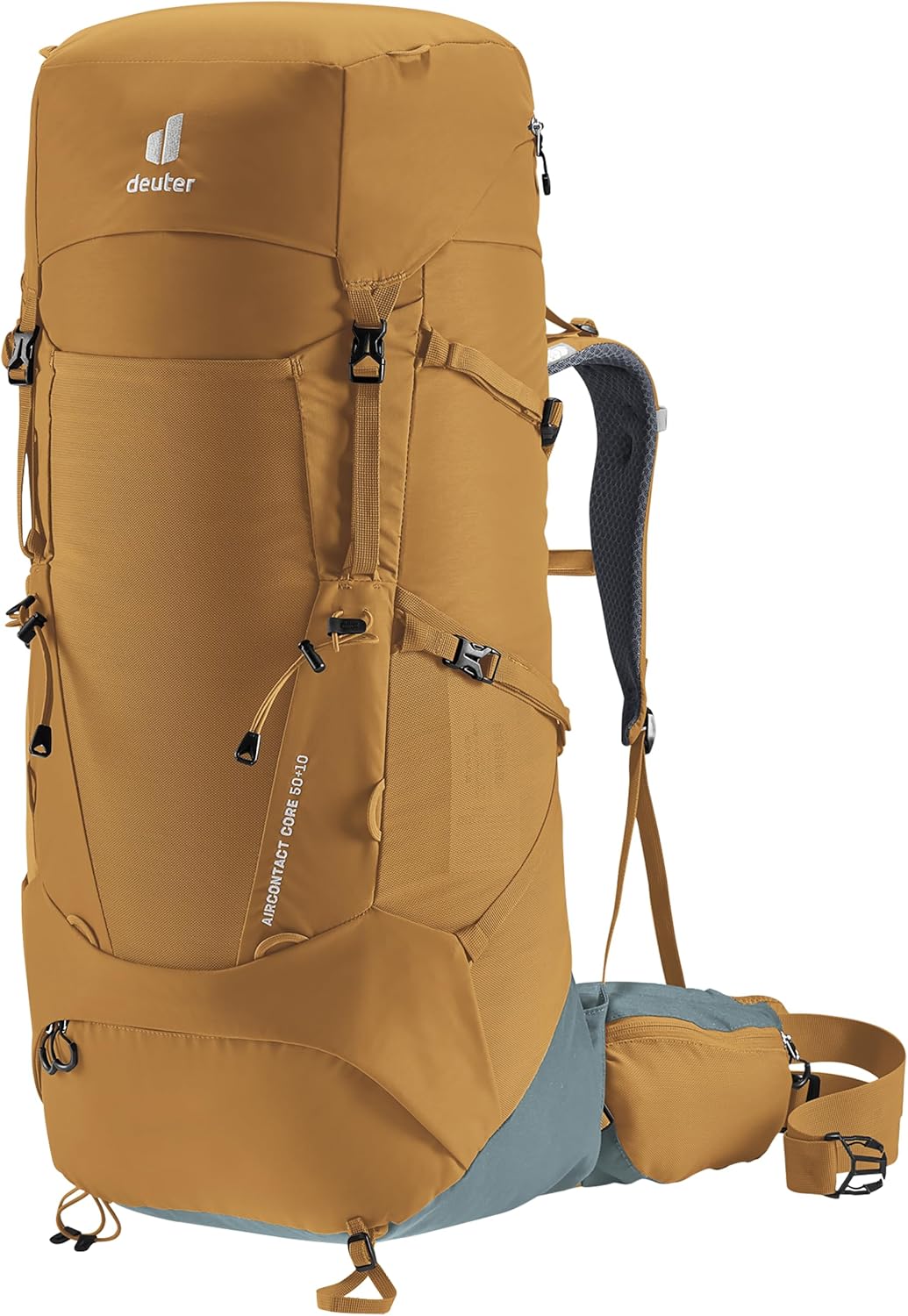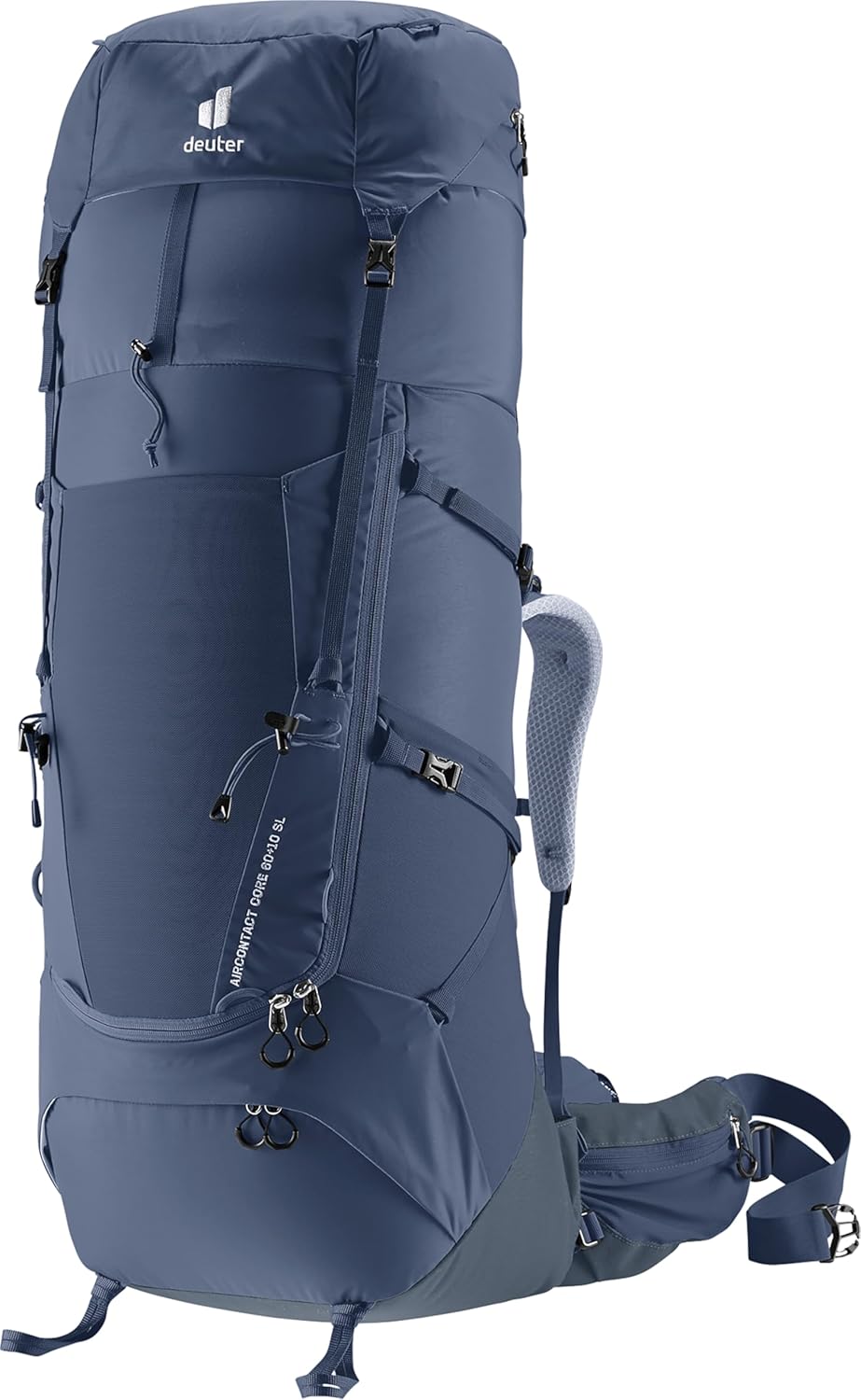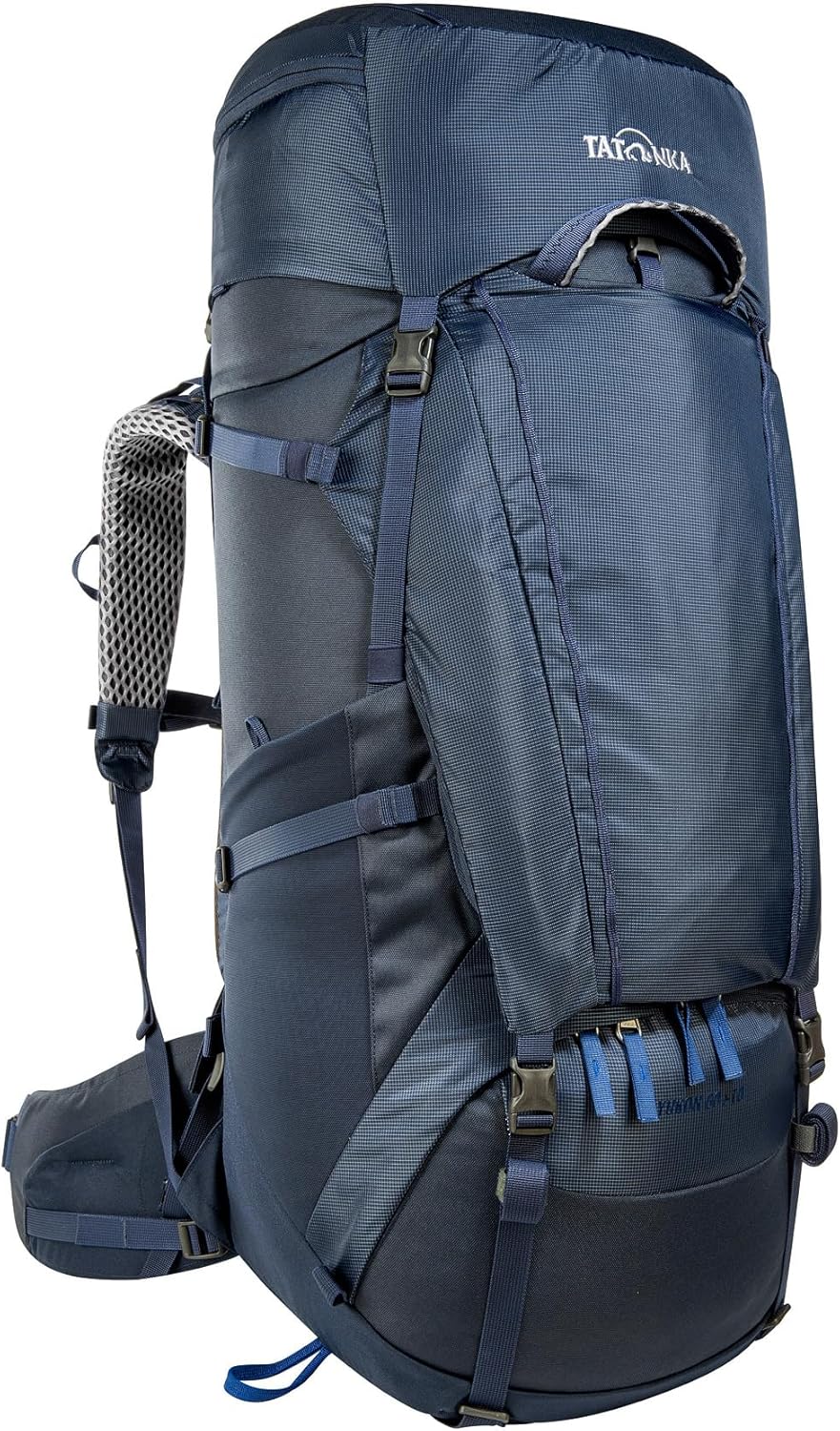Embarking on a multi-day hike means your backpack becomes your mobile basecamp. You need a pack that supports you — not one you struggle under. In this guide, we’ll dive into the top backpacks for multi-day treks in 2025, analyzing comfort, weight, durability and features so you can choose with confidence.
🔍 What Makes a Great Multi-Day Backpack?
Before we dive into the specific models, here are the key criteria we judged against — so you know exactly what to look for when selecting your pack.
- Capacity & fit: For extended trips, backpacks in the 50-70 L range (or higher) are common. Experts note that “extended trips (over 3 days) … 60 + litres” is a good guideline.
- Suspension & comfort: A sturdy hip belt, well-designed shoulder straps, good back ventilation and load-carrying support separate the comfortable from the painful.
- Weight vs durability: Lightweight packs are great, but if you load up a heavy kit they’ll bite you. Reviewers emphasise that heavier frames often mean better load support.
- Durability & features: Ripstop fabrics, reinforced stitching, access points (top‐loader, side zip, U-zip), hydration compatibility, and weather protection add real value.
- Fit & adjustability: Torso length, hip belt sizing, women’s specific versions, and the ability to adjust for load matter a lot.
🏆 Top Backpack Picks for Multi-Day Hiking
Here are five strong candidates, each suited to different styles of hiking and budgets.
Here’s a breakdown:
- Deuter Aircontact Lite 50 + 10 L* – A premium pick built for comfort and durability. Great for heavy loads and longer treks.
- Deuter Aircontact Core 60 + 10 L* – Solid all-rounder in the 60 L class, well suited for most multi-day trips.
- Vaude Astrum EVO 60 + 10 L* – Eco-friendly choice with excellent features; good balance of price and performance.
- Gregory Deva 60* – High-end women’s model (also available men’s version); strong ergonomics and comfort.
- Tatonka Yukon 60 + 10 L* – Built for rugged durability; excellent for more demanding terrain and heavier gear.
✅ How to Decide Which Pack Is Right for You
Here’s a quick decision-matrix based on your hiking style:
| Your Style | Recommended Pick | Why |
|---|---|---|
| Long treks with heavy gear, multiple nights | Deuter Aircontact Lite or Tatonka Yukon | Strong suspension + high capacity |
| Typical 3-5 day hikes, moderate load | Deuter Aircontact Core or Vaude Astrum | Balanced capacity + value |
| Women specific or ergonomics priority | Gregory Deva 60 | Excellent fit + comfort features |
📋 Additional Buying Tips
- Try the pack loaded at the store (or load test at home) to evaluate comfort.
- Make sure it fits your torso length and hip belt sits properly on your hips.
- Side zip or U-zip access saves digging when you’re camping.
- Consider frame type: internal frame vs suspended mesh back panels.
- Hydration reservoirs or external pocket compatibility are must-haves.
- Evaluate weather protection: rain cover or DWR fabric can be deal-makers.
- Remember: your gear weight + food + water add up fast – match your pack accordingly.
🔍 Final Word
Choosing the right multi-day backpack isn’t just about the brand or size – it’s about fit, comfort, support, and how your gear matches your adventure. Match the pack to the load you’ll carry, the terrain you’ll face, and the number of nights you’ll be out. Use one of the five models above as a reliable starting point—and move confidently onto the trail.
Disclaimer: his post may contain affiliate links (*). If you click through and make a purchase, we may earn a commission at no extra cost to you.






